It is one of several ‘lost’ airfields in Angus.
Built in March 1942 as an advanced fighter training base, RAF Tealing played a key role in the Second World War.
However, the facility, north of Dundee, was located in a hollow susceptible to fog and poor visibility, and the fact it was overlooked by the Sidlaw Hills to the west made night flying impossible.
Since it was disbanded in June 1945, the airfield’s sprawling assortment of buildings has been slowly falling into decay.
Curious to see what remains of the historic site, which spans around 80 hectares, I rocked up one dreich afternoon for a recce.
First stop – abandoned control tower
Parking in Kirkton of Tealing, my eye was drawn to a foreboding-looking grey lump of brick and concrete standing in the middle of derelict wasteland.
This, I realised, was the old air traffic control tower.
I made a beeline for it, excited to see whether it was possible – and indeed safe – to access.
I took a moment to look around the vast expanse: I felt pretty exposed and vulnerable as I marched towards the block.
Would I be approached by an angry farmer or landowner, telling me to get the heck out of here? My heart raced.
Do many people come here?
Spotting a dog walker on a path a few hundred metres away, I began to feel more at ease.
If it’s okay to walk your dog here, then surely I’d be fine?
Navigating huge mounds of rubble, and a roofless, partially-collapsed outbuilding, I made my way towards the tower.
Entering it was easy – there were no fences, doors, padlocks or boarded-up windows.
What did I discover inside?
Inside the square three-storey building, it was dark and dingy. I wished I’d brought my powerful head torch.
There’s graffiti galore all over walls, some of it pretty colourful and eye-catching, and I paused to take photos.
The views from the observation balcony – a huge, windowed area, with rusting frames – are pretty expansive.
But I made a point of not getting close to the edge – there’s nothing to stop you plunging to your doom, and it’s a big drop to the floor below.
It was pretty blustery up at the ‘Met Tower’, so I didn’t hang around. This would’ve been set up to measure meteorological conditions, primarily wind.
A strong sense of neglect
Casting my eye over the surrounding landscape, I was struck by the sense of neglect.
The airfield originally boasted two intersecting runways, but these are hard to pick out – one is badly broken up, and the other is covered with old poultry sheds.
The eagle-eyed might be able to trace aircraft parking zones amongst patches of weed-riddled concrete, but the hangars have long gone.
There are also offices, storehouses, workshops and possible guard posts to be found – plus an air-raid shelter.
Sadly, I was tight for time so failed to track these down.
Discovering abandoned house
However, I did come across an abandoned house which was pretty fascinating.
Its walls were daubed with graffiti, but there were remnants of old furniture, wallpaper and kitchen units, and a child’s swing in the garden.
I don’t know whether this formed part of the airfield’s accommodation, but I’ve seen it described as a “airfield house” online.
What’s the history of RAF Tealing?
The history of RAF Tealing is pretty special.
It was established as a fighter command training unit, specifically for tactical and fighter bomber work, and opened in March 1942.
The unit was equipped with Hawker Hurricane, Miles Master and Westland Lysander aircraft.
It was a busy airfield, especially in the run-up to D-Day.
At one point it had about 80 Hurricanes – and the number of pilots reached a peak of 150 in 1943.
What about the famous visitor?
It was at the aerodrome that Tealing’s most famous visitor arrived,
Eyes grew wide as a strange four-engine bomber or Russian design and manufacture appeared out the clouds and landed at RAF Tealing on May 20, 1942.
The passenger the crew were escorting was Vyacheslav Molotov, the Russian foreign minister and deputy of the state committee of defence.
He was accompanied by 16 Soviet officials on a military assignment to meet with prime minister Winston Churchill in London.
His mission was to conduct urgent negotiations with Britain and the United States to form wartime alliances.
However, news of Molotov’s visit was “blacked out” under the severe war restrictions.
Airfield has had several uses
During the latter stages of the war, the airfield was used as a prisoner of war camp.
Some of the buildings were re-used when the land was occupied by a pig farm, but these are completely derelict now.
Nearby is an electricity sub-station operated by SSEN Transmission, and a wind turbine.
Will SSEN’s plans impact the site?
I checked with SSEN to see what, if anything, they have planned for the future of the former RAF aerodrome,
A spokesman told me: “The existing 132kV Tealing substation, which is already located on the former RAF site, will be undergoing a small extension soon, slightly increasing its footprint at the former RAF base.”
For anyone who cares about the future of the site, this might ring alarm bells.
So I went back to SSEN to question whether any of the derelict buildings might be affected.
And the spokesman confirmed there’s “no demolition planned as part of the Tealing 132kV extension”.
He also confirmed there are no plans to undertake any work associated with the new 400kV Emmock substation on the site of the former RAF Tealing aerodrome.
And he added: “During the consultation process for the Emmock substation, the local community suggested that the facility could be located at the former RAF site.
“This option was assessed but was ultimately deemed not to be feasible from a technical perspective and not preferable from an environmental perspective, due to the flood risk of the site.”
Could a museum be made of RAF Tealing?
Some locals are passionate about RAF Tealing and fearful of the historic site’s demise.
They are keen to see the abandoned facility preserved and perhaps even transformed into some sort of museum.
There are no plans to create any kind of museum, just yet, but it’s a nice thought – in my opinion.
- What do you think? Should the remains of derelict RAF Tealing be preserved? Let us know in our comments section!
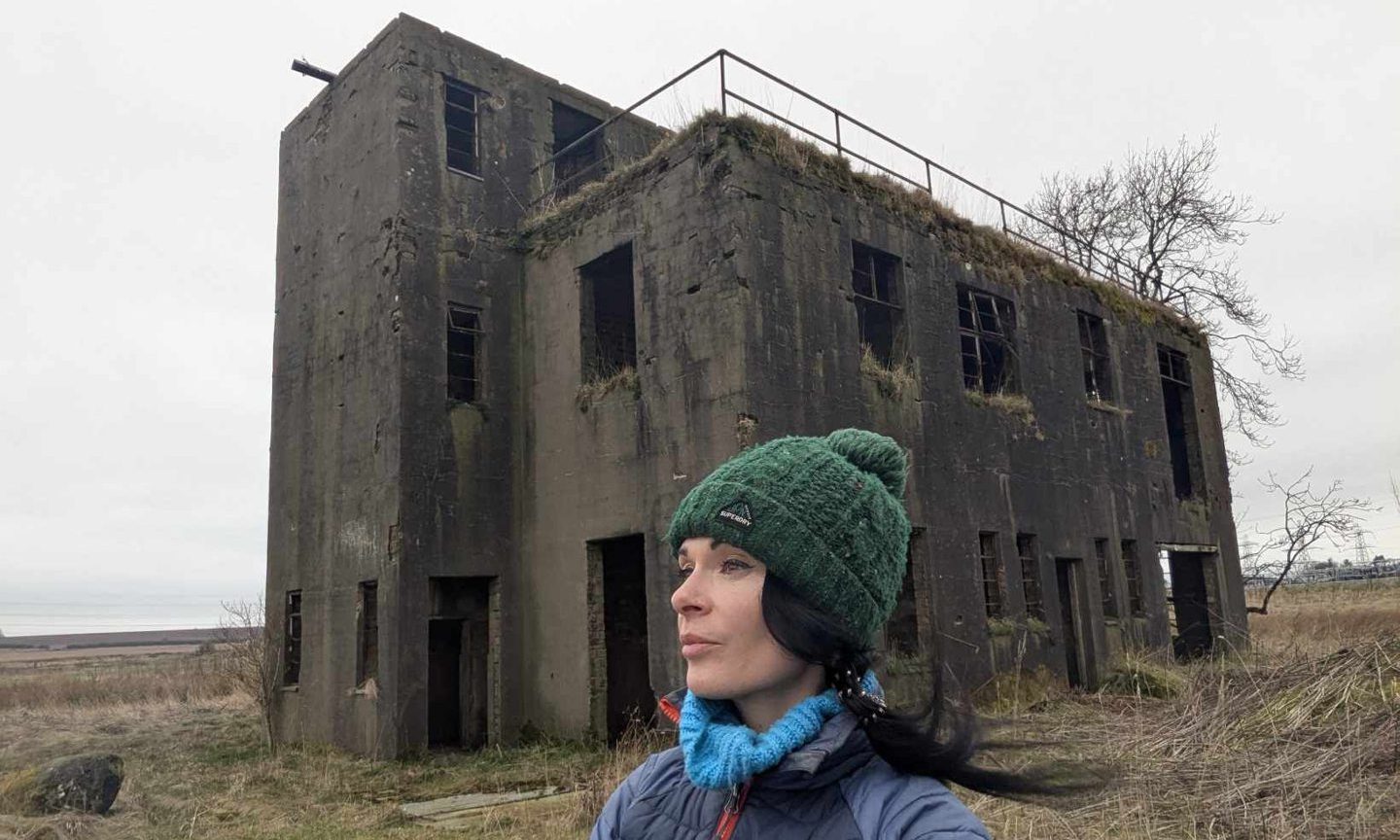
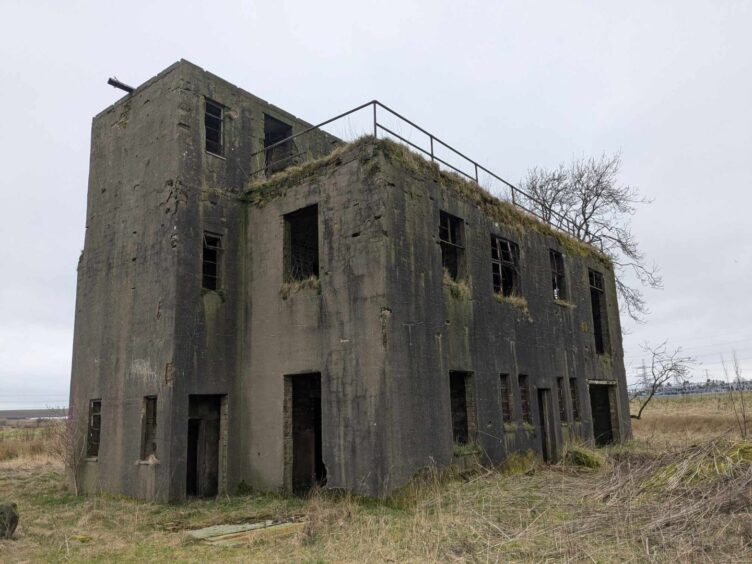
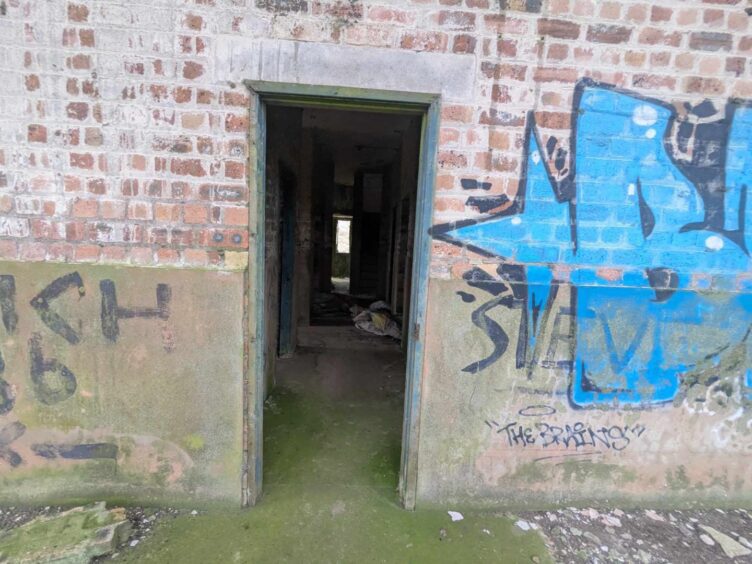
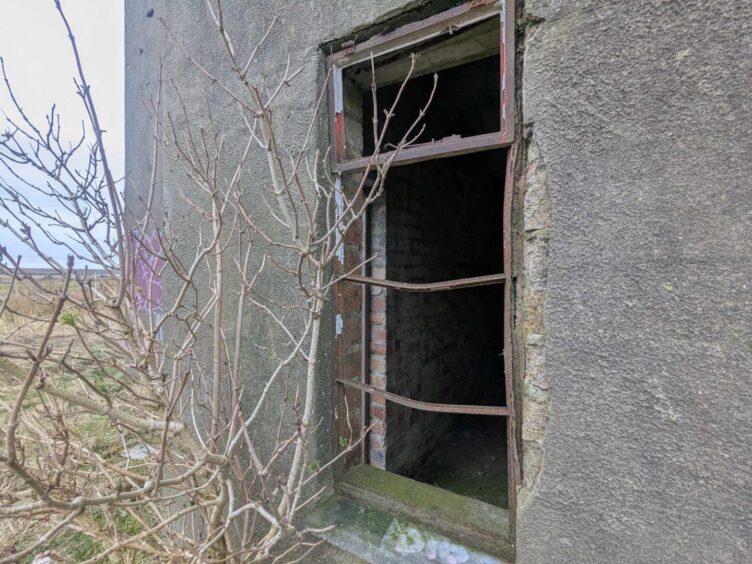
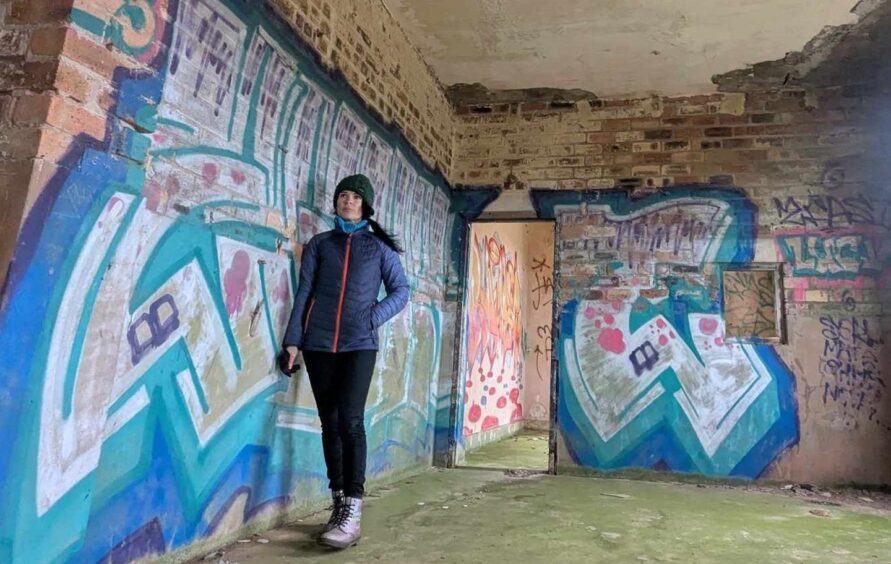
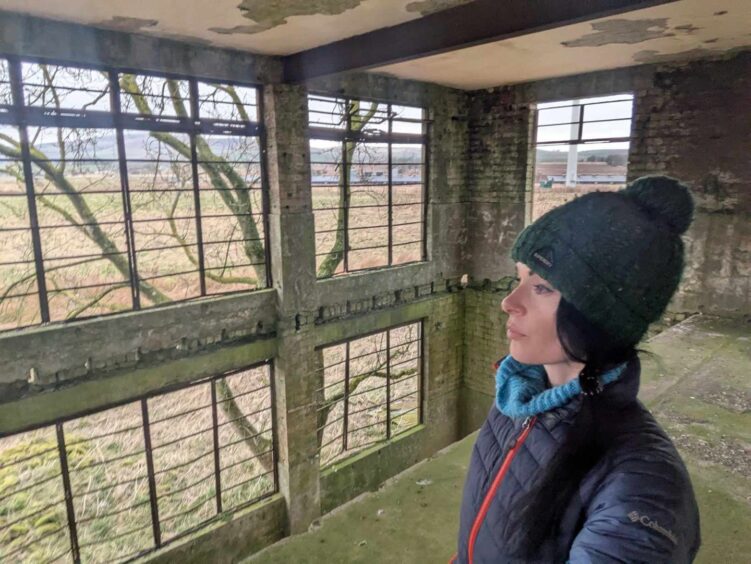
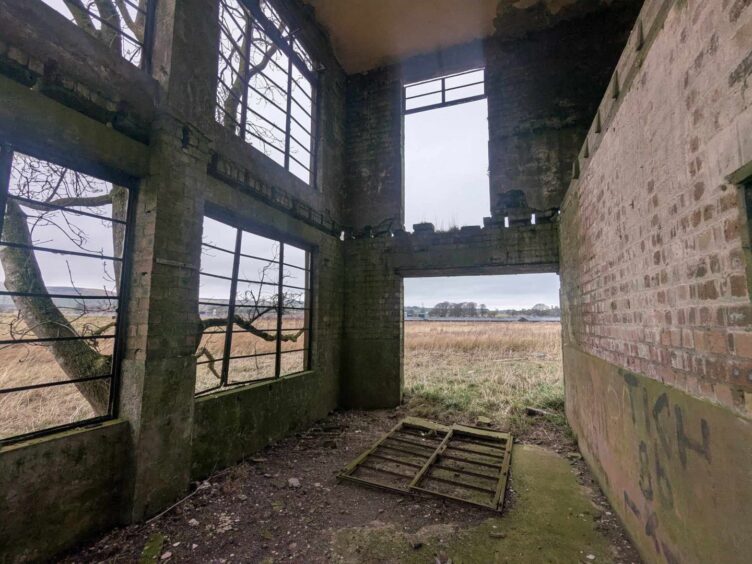
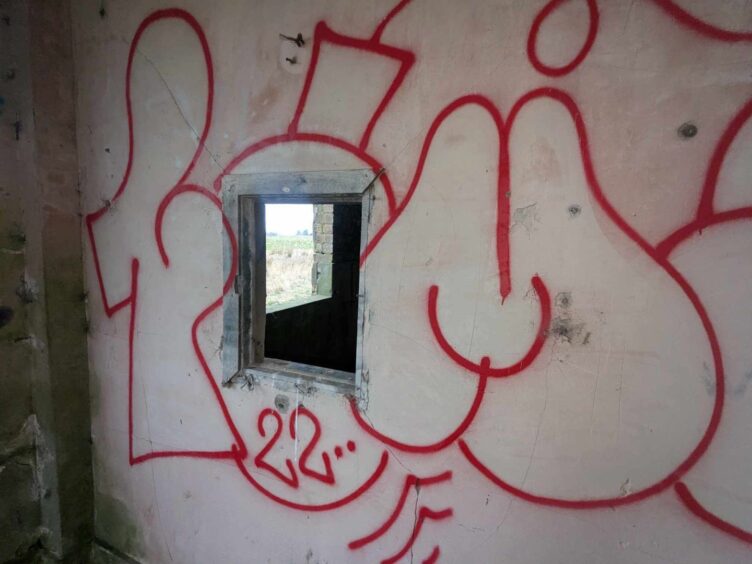

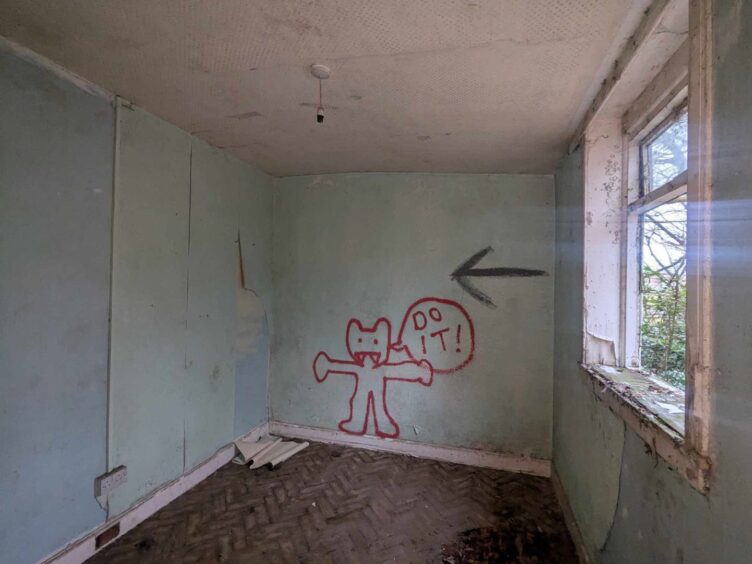
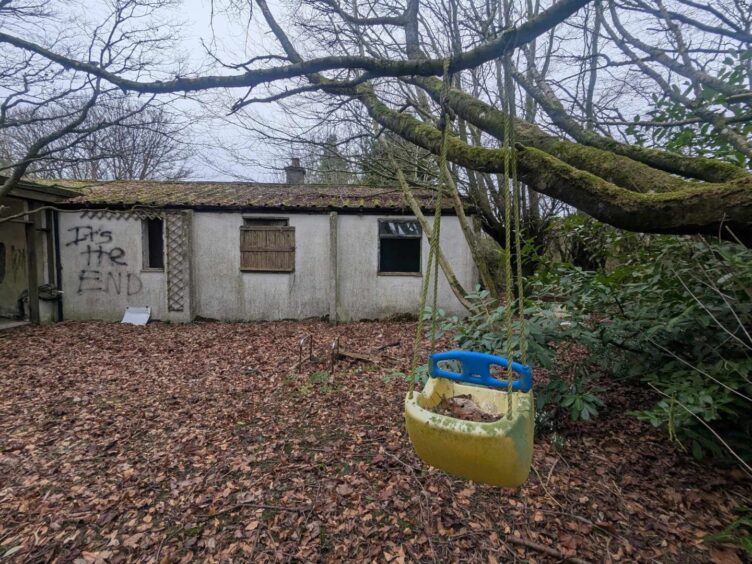
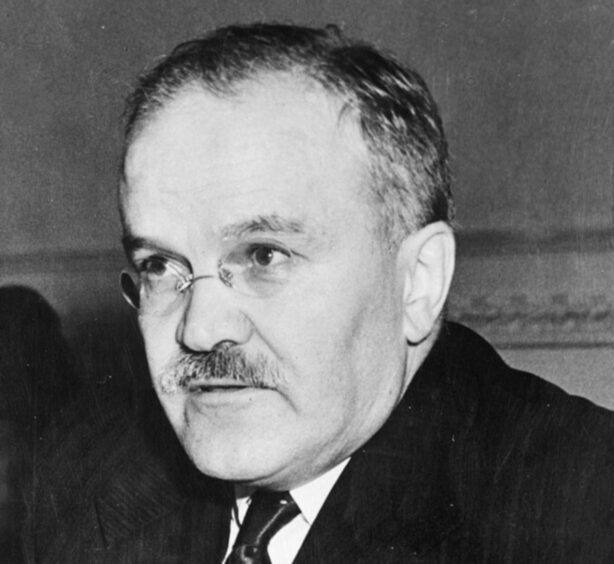
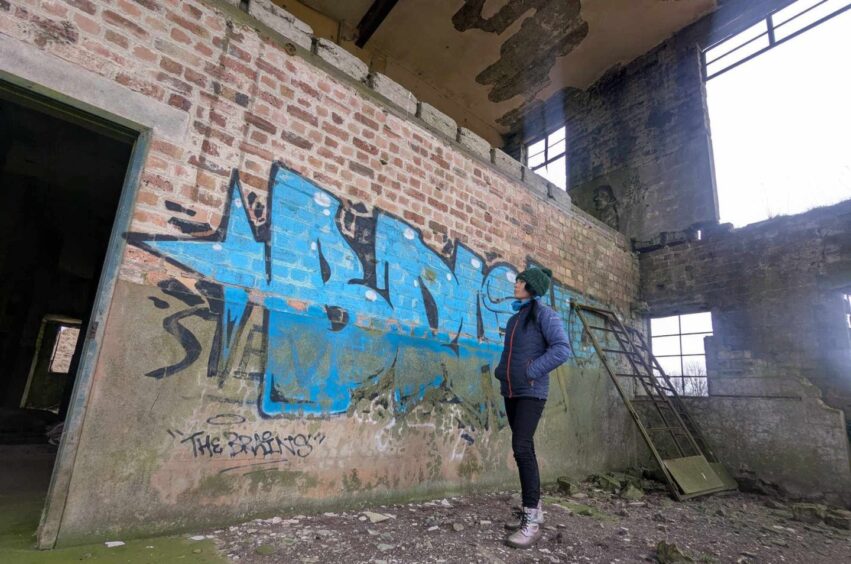
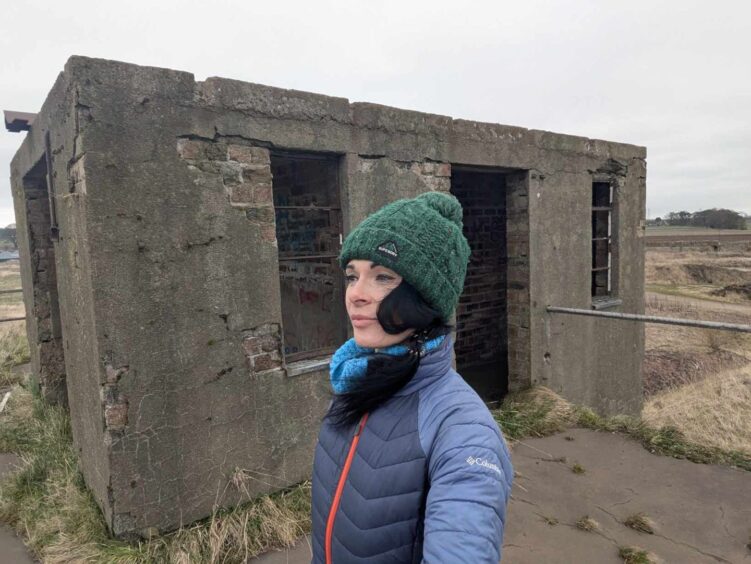
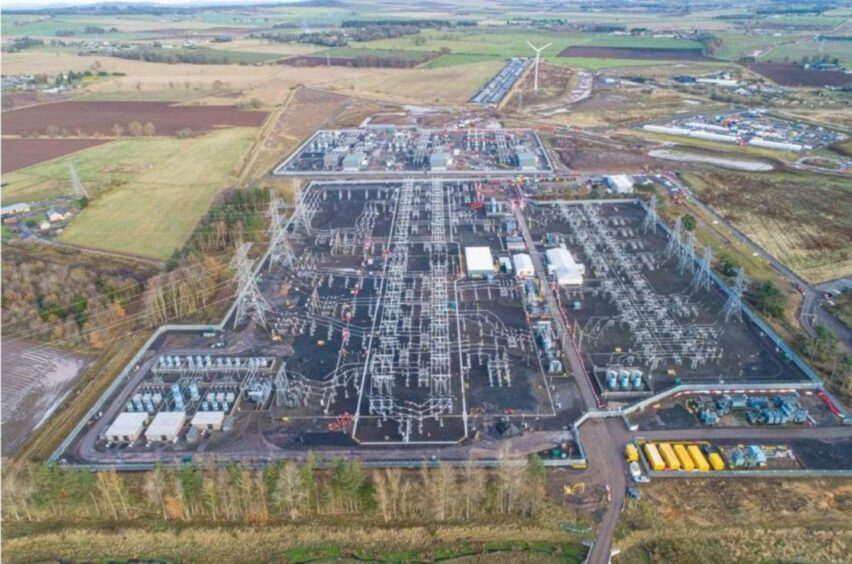
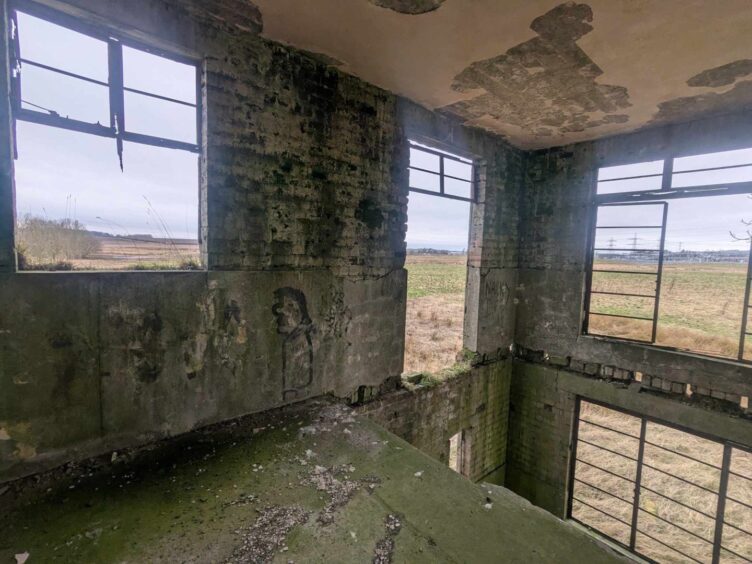






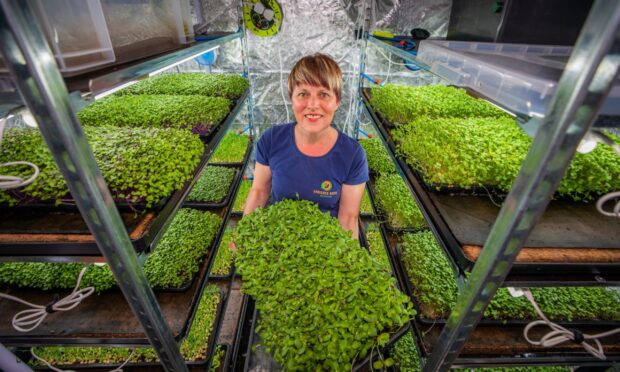
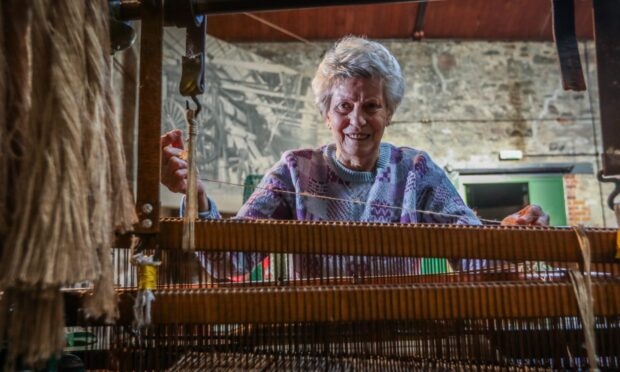


Conversation